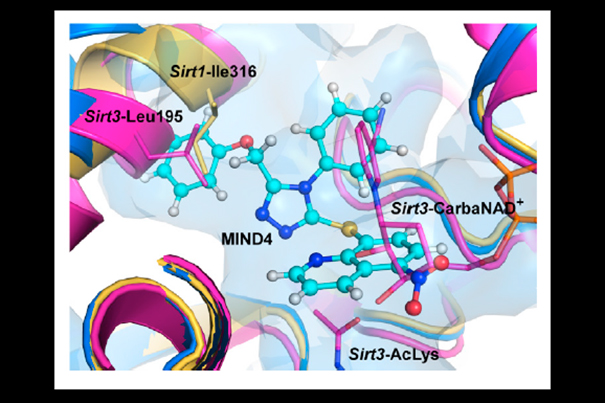Health
-
Lin Test
text with link. This is a quiz. Some text Name Name Quo modo autem philosophus loquitur? Tecum optime, deinde etiam cum mediocri amico. Invidiosum nomen est, infame, suspectum. Name Name…
-

Gender-affirming care is rare, study says
Fewer than 1 in 1,000 transgender youth receive hormones or puberty blockers

-
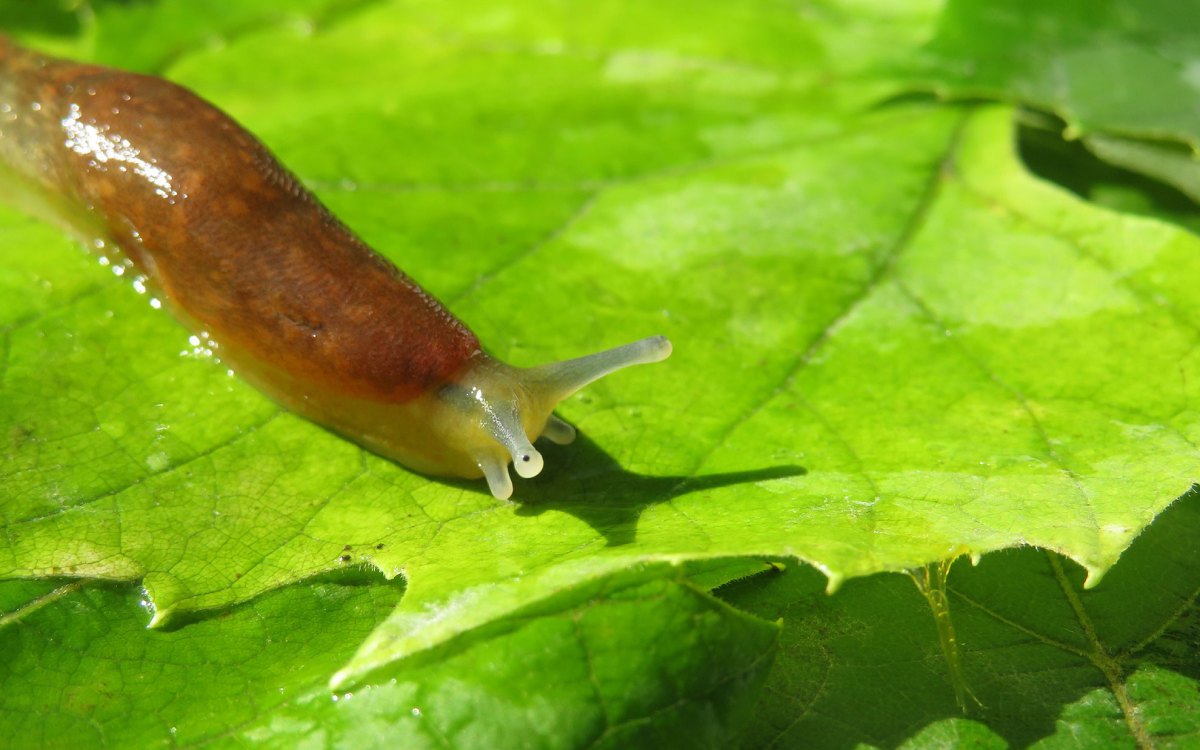
Nature offers novel approach to oral wound care
Slug’s sticky mucus inspiration behind adhesive hydrogel that can seal wounds in wet environment

-

Time for a rethink of colonoscopy guidelines?
Change informed by new findings would help specialists focus on those most at risk, researcher says

-

Should pharmacists be moral gatekeepers?
‘The problem is not opioids,’ says author of ‘Policing Patients’ — it’s overdose, pain
-
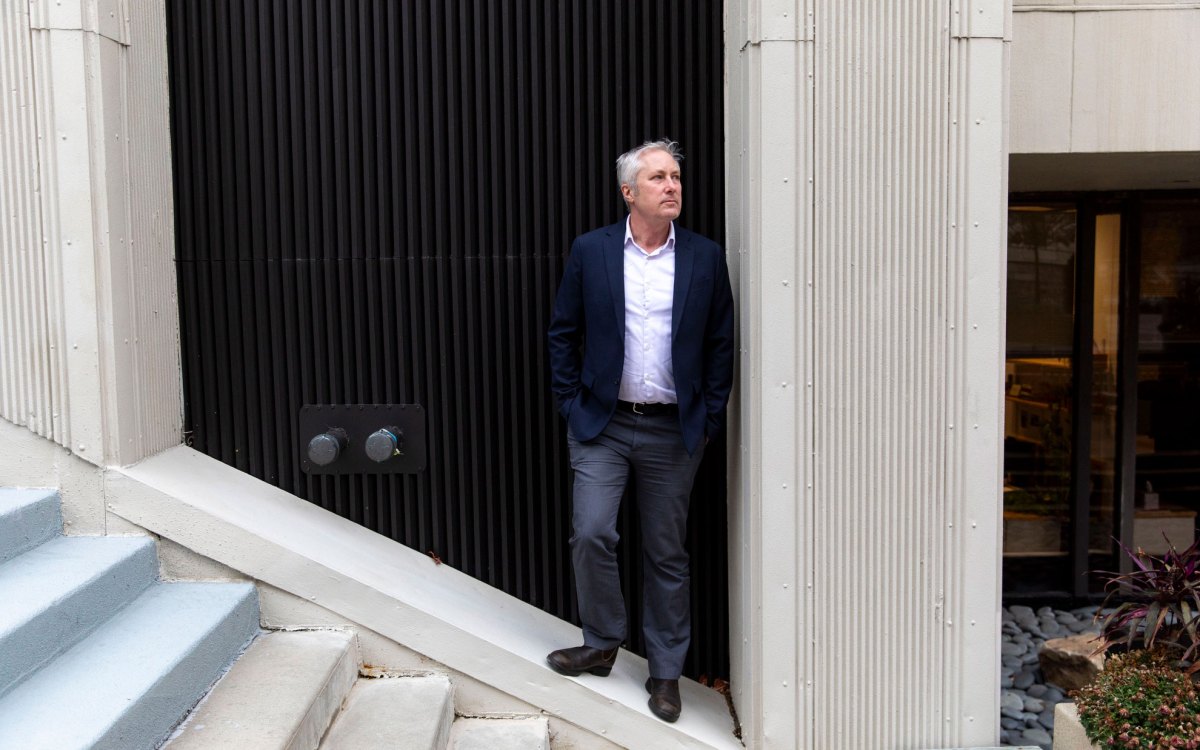
The deadly habit we can’t quite kick
Actions by tobacco companies worry researcher even amid ‘dramatic decrease’ in smoking among young Americans

-
‘DNA is not destiny’
A new study examines whether lifestyle changes can offset genetic risk of heart disease.

-
Creating a smoking machine
Researchers at Harvard’s Wyss Institute have developed an instrument that smokes cigarettes like a human, and delivers whole smoke to the air space of microfluidic human airway chips. The machine may enable new insights into how nonsmokers and COPD patients respond to smoke.
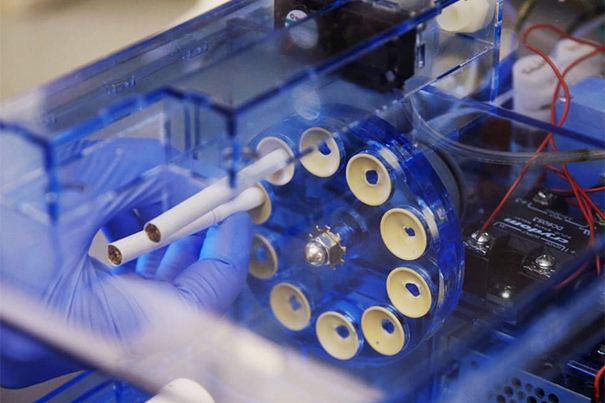
-
New approach to cancer treatment carries success with caveat
Restoring the cancer-killing zeal of T cells is being seen as one of the most successful new approaches to cancer treatment in nearly a decade, although researchers note it has shown effectiveness in only about a quarter of cases.
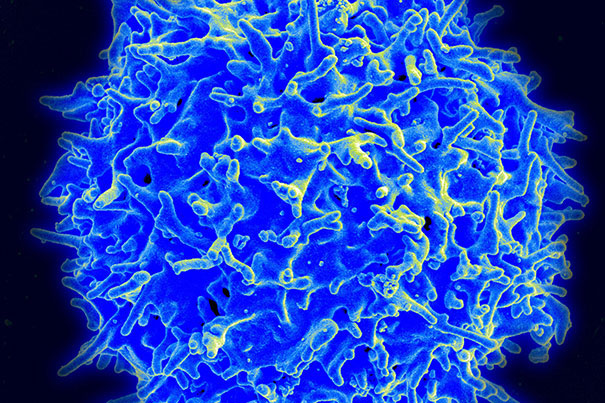
-
The first fully 3-D-printed heart-on-a-chip
A new approach to manufacturing organs-on-chips developed by Harvard researchers could cut the length and cost of clinical trials significantly.
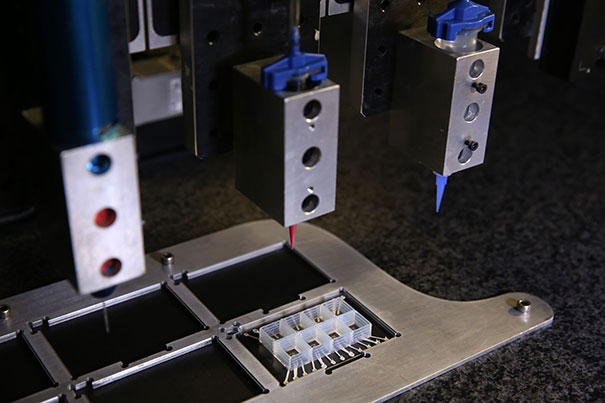
-
Cervical cancer screening could be less frequent, start later
A Harvard Chan School study suggests that relaxing current U.S. guidelines could provide greater health benefits with less harm and for less money in women who are vaccinated against human papillomavirus.

-
The knotty problem of bringing regenerative medicine to market
Leaders from the scientific and business world gathered at Harvard Business School on Oct. 6 to examine regenerative medicine’s scientific and commercial promise.
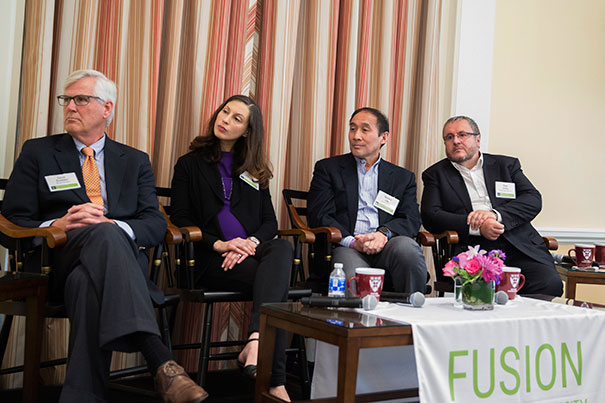
-
Toxic inequality
According to Harvard sociologist Robert Sampson’s theory of “ecology of toxic inequality,” higher lead levels in the blood are often directly tied to racial and ethnic segregation.
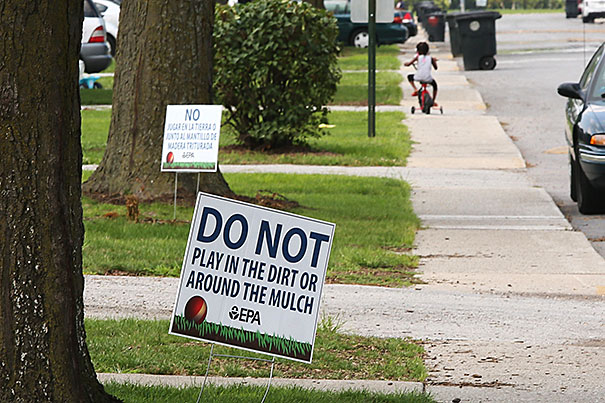
-
Medical hope on horizon
Stem cell science is accelerating development of therapies for diabetes, ALS, other diseases, researchers tell HUBweek sessions.

-
Peeking between memory and perception
Your brain is able to stitch together a coherent 360-degree panorama of the world around you, and now researchers are beginning to understand how.

-
Changes in memory tied to menopausal status
By studying women ages 45 to 55, investigators at Harvard-affiliated Brigham and Women’s Hospital have found that reproductive stage, not simply chronological age, may contribute to changes in memory and brain function.

-
Giving weight too much weight
Programs to combat obesity may be aggravating eating disorders and undermining their severity, said experts during a panel discussion hosted by Harvard T.H. Chan School of Public Health.

-
Teaching computers to identify odors
Using a machine-learning algorithm, researchers were able to “train” a computer to recognize the neural patterns associated with various scents, and identify whether specific odors were present in a mix of smells.
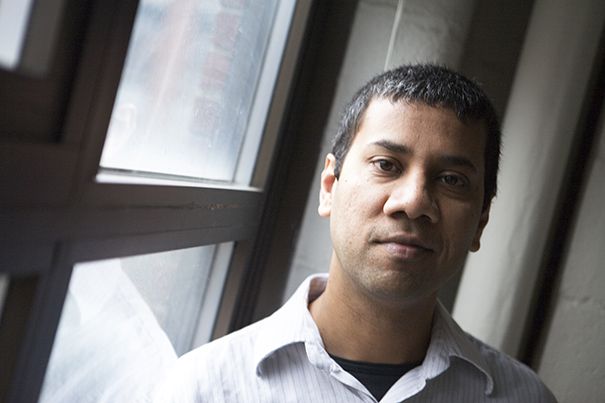
-
At the Arboretum, a scientific swerve
A new species of truffle fungus, related to the delicacy prized in Southern Europe, was found at the Arboretum by an undergrad researcher.
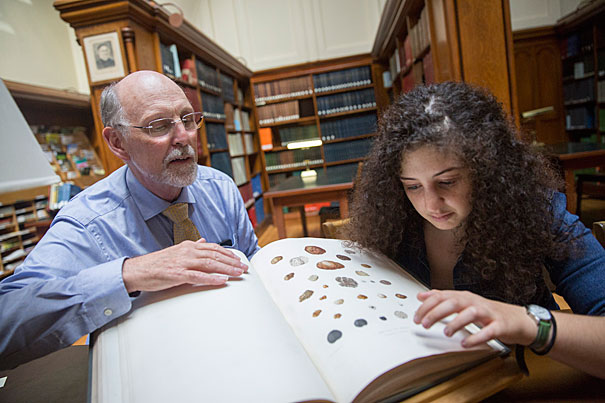
-
Progress against acute myeloid leukemia
A new drug compound developed by researchers at Massachusetts General Hospital and the Harvard Stem Cell Institute to treat acute myeloid leukemia is gentle enough to use with patients too frail to endure chemotherapy.
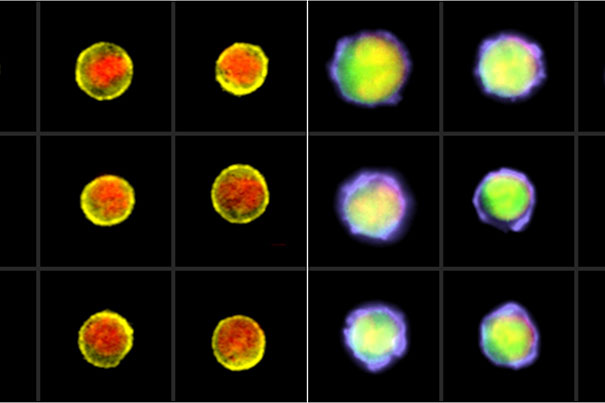
-
Prospect of shorter treatment and cure for chronic myelogenous leukemia
Chronic myelogenous leukemia (CML) is a slowly progressing type of blood cancer that develops in the bone marrow. Researchers discovered that CML stem cells die in response to inhibition of a protein called Ezh2. Drugs that target the protein are currently being tested in clinical trials for other cancers.
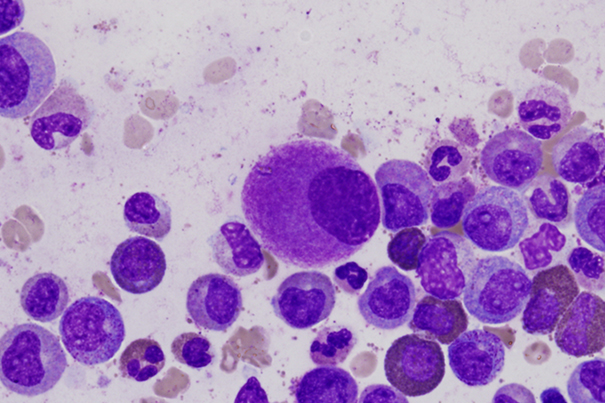
-
Finally, hope for a young patient
A gene therapy trial points to a healthier future for a young patient suffering from a rare immune disease.

-
Clues to how ‘super-agers’ retain young memories
Researchers examined a group of older adults with extraordinary memory performance and found that certain key areas of their brains resembled those of young people.
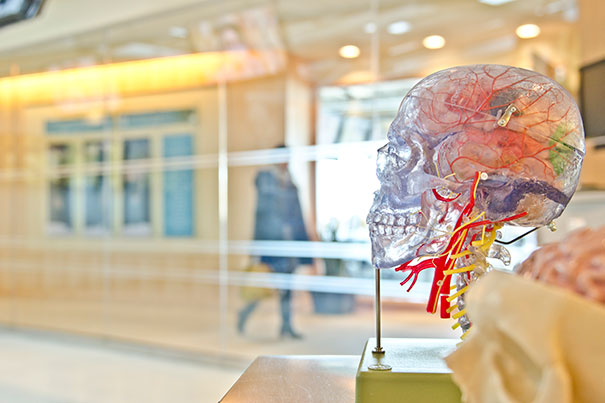
-
A cinematic approach to drug resistance
Scientists at Harvard Medical School and Technion-Israel Institute of Technology have built a giant petri dish to visually demonstrate how bacteria move as they become immune to drugs.
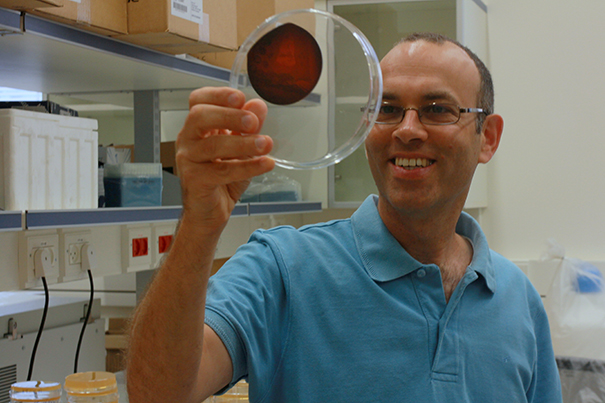
-
Gene therapy for sickle cell disease passes key preclinical test
A precision-engineered gene therapy virus, inserted into blood stem cells that are then transplanted, markedly reduced sickle-induced red-cell damage in mice with sickle cell disease, researchers from Dana-Farber/Boston Children’s Cancer and Blood Disorders Center reported in the Journal of Clinical Investigation.
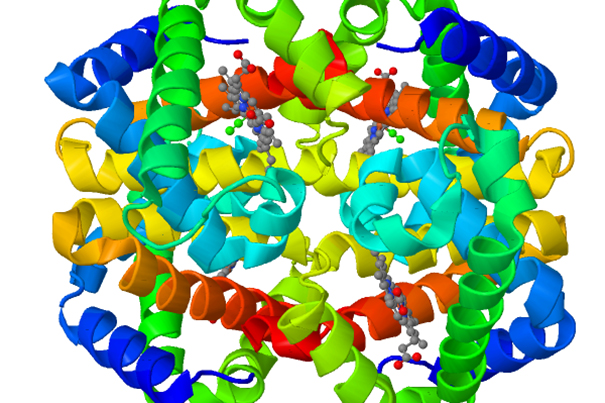
-
From leaf to itch
Harvard researchers have riddled the role of a molecule key to eruption of the torturous blisters as well as an antibody that interrupts the inflammatory response, opening the way to potential relief for careless hikers.
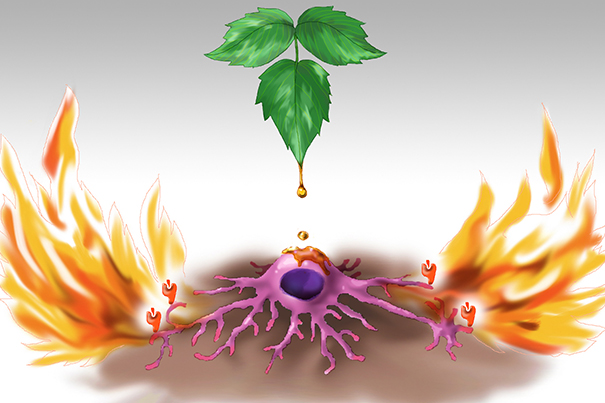
-
For freshmen, food for thought
Campus food experts say the first year in college is a time for change at the dining table as well as in the classroom.

-
Harvard researchers pinpoint enzyme that triggers cell demise in ALS
Scientists from Harvard Medical School (HMS) have identified a key instigator of nerve cell damage in people with amyotrophic lateral sclerosis, or ALS, a progressive and incurable neurodegenerative disorder.
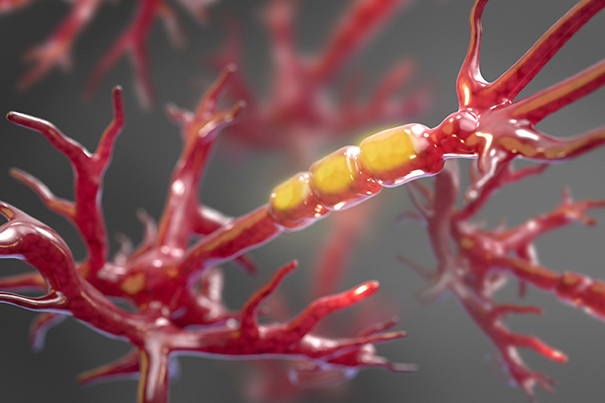
-
Finding biological barcodes
Two recent studies have shown that cells early in development can be marked with a genetic barcode that later can be used to reconstruct their lineage.
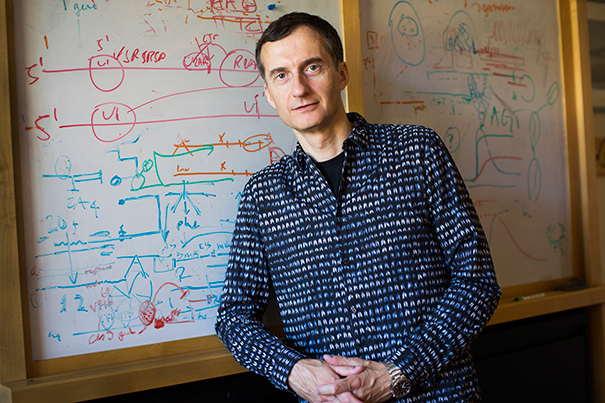
-
How the brain develops
In an effort to get a clearer picture of how the brain and the connections between its regions change throughout development, Harvard scientists and researchers from three other universities will share a $14 million grant to support one of the most comprehensive brain-imaging studies ever undertaken.
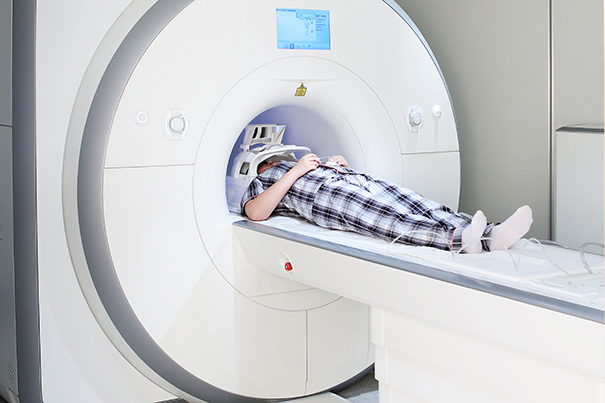
-
Unsafe levels of toxic chemicals found in drinking water of 33 states
A Harvard Chan School study has found that drinking-water samples near industrial sites, military fire-training areas, and wastewater-treatment plants have the highest levels of fluorinated compounds, which have been linked with cancer, hormone disruption, high cholesterol, and obesity.

-
Similar designs, 100 million years apart
A study found that both Rusingoryx atopocranion, a relative of the wildebeest, and hadrosaur dinosaurs evolved large bony domes on their foreheads, which were likely used as resonating chambers to warn of predators and communicate with others.

-
The parrot knows shapes
Despite a visual system vastly different from that of humans, tests showed the bird could successfully identify both Kanizsa figures and occluded shapes. The findings suggest that birds may process visual information in a way that is similar to humans.
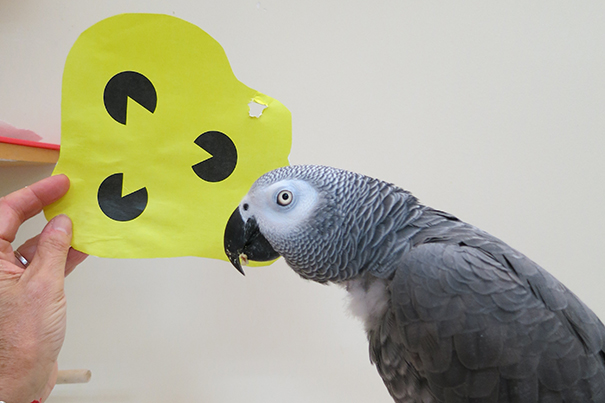
-
Auditory cortex nearly identical in hearing and deaf people
The neural architecture in the auditory cortex — the part of the brain that processes sound — of profoundly deaf and hearing people is virtually identical, a new study has found. The study could point the way toward potential new avenues for treating deafness.
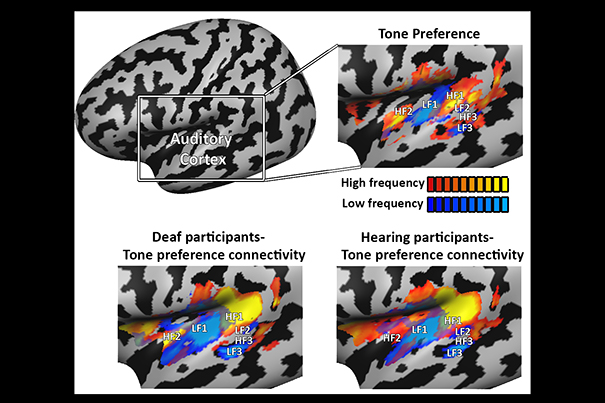
-
Research suggests new avenues for attacking ALS
Harvard researchers have found evidence that bone marrow transplantation may one day be beneficial to a subset of patients suffering from ALS.

-
Giving Huntington’s disease the one-two punch
The identification of a molecular compound that combats Huntington’s disease by means of two separate mechanisms may be the watershed moment in the battle against neurodegenerative diseases.
